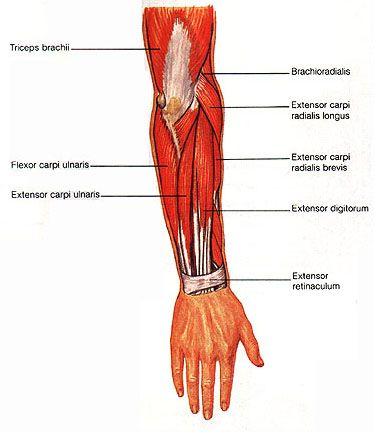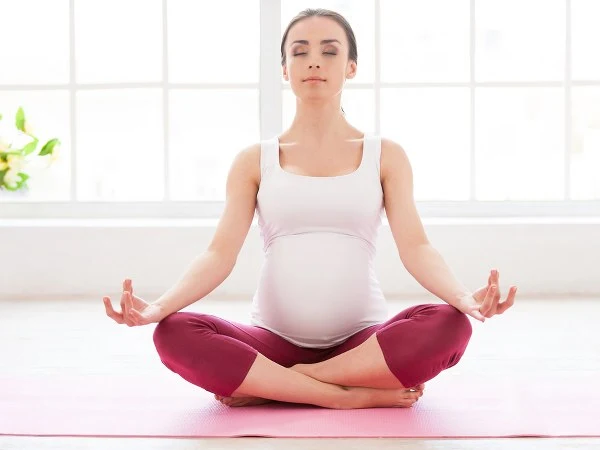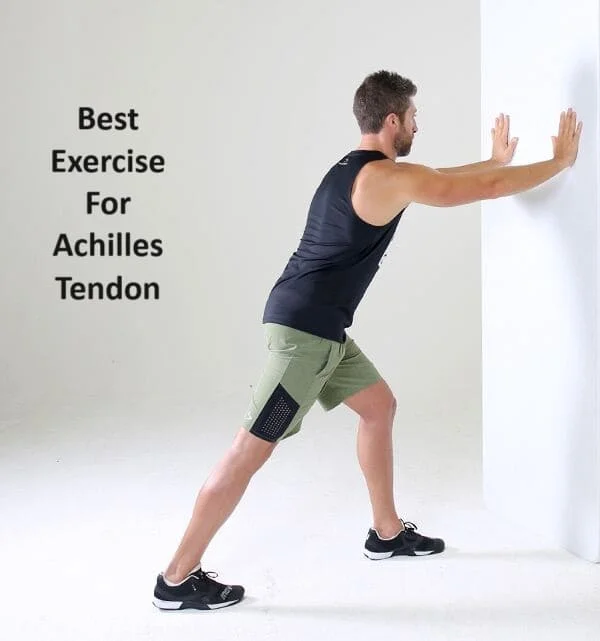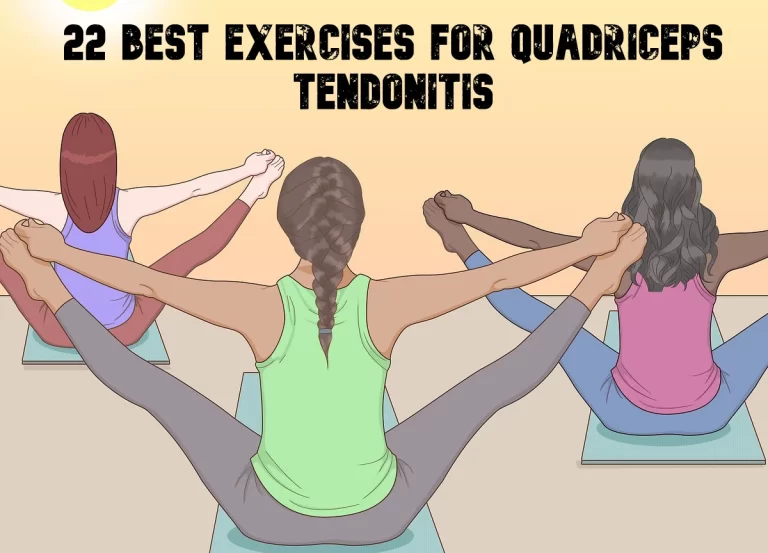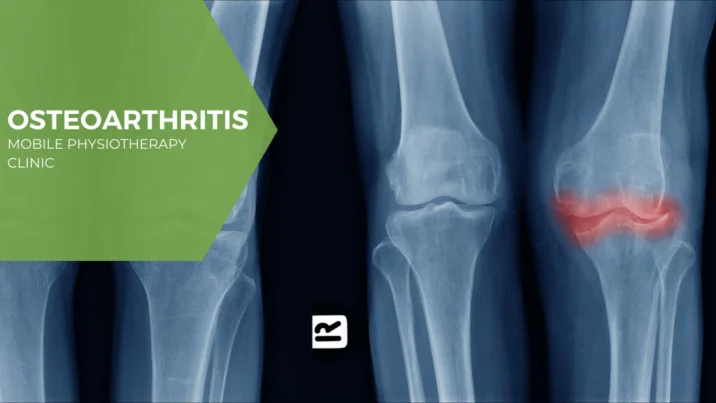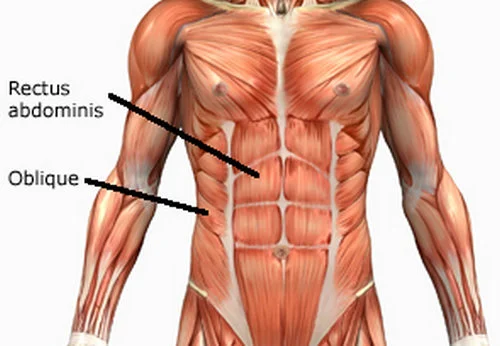Fire Hydrant Exercise
The Fire Hydrant exercise is a simple yet highly effective movement that primarily targets the glutes and hip muscles. It is a popular choice among fitness enthusiasts for several reasons. This exercise not only helps in toning and strengthening the lower body but also offers numerous benefits such as improved hip stability, enhanced balance, and a reduced risk of lower back pain.
In this guide, we will delve into the proper techniques and form to make the most of this exercise, ensuring you maximize its benefits and avoid potential pitfalls. Whether you’re a beginner or a seasoned fitness enthusiast, the Fire Hydrant exercise can be a valuable addition to your workout routine. Read on to discover the key techniques and advantages of incorporating this exercise into your fitness regimen.
Table of Contents
Introduction
Fire hydrants, which have a special name and a great activation exercise, work the glutes and hip complex. In addition to working the gluteus maximus, this workout and its variations also work the core, balance, and coordination.
A fire hydrant exercise: what is it?
The fire hydrant is an extra exercise that works the glutes and hips while requiring balance and coordination when performed from a hands-and-knees position. A few examples of lower-body compound exercises performed in the sagittal plane are lunges, deadlifts, and squats.
The hip abduction motion.: The only joint action that the fire hydrant targets in the transverse plane is the hip abduction motion, which involves pulling the leg away from the body’s center. It takes practice in multiple planes of motion to develop a functional body that can isolate and move in multiple directions. Throughout the day, employing functional movement patterns can lead to fewer aches, pains, and weariness.
The fire hydrant exercise.: when done correctly and with increased stress,—specifically, the gluteus maximus exercise—can help to strengthen the glutes. It also strengthens the hip complex by improving movement quality and preventing injuries through core stabilization, balance, and coordination.
So, after working out your lower body throughout the day, the fire hydrant makes the perfect warm-up, finisher, and extra training.
The hip abductors, gluteus medius, gluteus minimus, gluteus maximus, and the core muscles are all targeted by the bent leg’s opening abduction motion in the fire hydrant stance.
You maintain strong and centered in the quadruped position by resisting the movement with the stable leg and the rest of your body by using your core. The level of effort is raised by adding a resistance band or an ankle weight to the active leg.
This exercise corrects for lower body instabilities and/or strength weaknesses because one side is worked at a time.
What Muscles Do Fire Hydrants Work?
Fire hydrants improve posture, balance, and stability by strengthening and toning the lower body’s muscles, particularly the hips and glutes. Particularly targeted by fire hydrants are the following:
Gluteus medius is a muscle on the side of the hip. It controls your capacity to spin your hip out and hip abduction (moving your hip away from your body).
The gluteus maximus is the name of the buttocks’ biggest muscle. The gluteus maximus’ primary job is hip extension, which involves straightening your hip as you lift your leg backward while walking, sprinting, or climbing stairs. While performing activities like running, jumping, and carrying large objects, it also helps to stabilize the pelvis.
The hip adductors, move the leg toward the body’s midline. On the inside of the thigh are the hip adductors. To maintain adequate balance and stability while moving, they cooperate with the
hip abductors.
Hip abductors, which support angling the leg away from the body’s midline. They are situated on the outside of the hip and are important for movements like running and walking that require spreading the legs apart. Additionally, they aid in maintaining normal alignment of the lower body and avoid excessive side-to-side movement by stabilizing the pelvis throughout these activities.
Transverse and oblique abdominal muscles, provide spinal stabilization and good posture throughout the movement.
A fire hydrant has the following benefits:
strengthens the glutes
- increases hip strength outside of the sagittal plane
improves the quality of movement, corrects posture, and guards against injuries - challenges core stability,
- as well as balance and coordination throughout every part of the body.
Progression & variations in fire hydrant Exercise
Once you have a solid basis for the basic fire hydrant, increase the difficulty of this action to continue to put your body through the exercise. Progressive overload will continue whatever of these modifications and progressions are used.
Once you’ve mastered these variants, you can increase the difficulty of the routine by attempting to balance on one hand while completing the fire hydrant exercise.
How to do fire hydrants
It’s important to adopt the proper form and technique when using fire hydrants to get the maximum benefit from them. To learn how to do them,
You don’t need any particular equipment to perform the bodyweight exercise called the fire hydrant. All you’ll need is a mat.
Practice good form at first with your body weight to get the most out of your fire hydrants. To do the fire hydrants while on all fours, you must be in the quadruped position, which requires a mat to protect your knees.
Begin in a quadruped stance with your hands apart and placed especially under your shoulders and under your knees.
Find a neutral spine that has a small amount of lower back curvature.
As you lift your right leg off the ground without moving the rest of your body out of position, brace your core.
Bend your right knee and spread it out to the side as soon as you feel your right glute releasing.
Fire Hydrant Exercise

Get down on your knees and begin. Put your shoulders above your hands and your hips over your knees. Look down and concentrate on your abdomen.
At a 45-degree angle, lift your left leg 45 degrees away from your body. hold your knee straight.
Lower your leg to the starting position to complete one rep. Perform three 10-rep sets. the other leg, and repeat.
Tips
Maintain a stable pelvis and core. You should be moving your hip. Your glutes and hips won’t properly contract otherwise.
Point your foot in the direction of the opposing wall as you elevate your leg. Your hips will rotate more correctly as a result.
Resistant Bands fire hydrant:
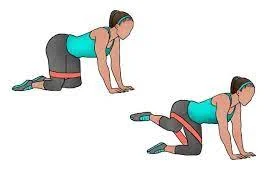
Maintain a firm quadruped posture while adding resistance by tying a resistance band around both legs slightly above the knees.
Use a stronger resistance band or slow the exercise to increase your challenge level.
Ankles weight fire hydrant:
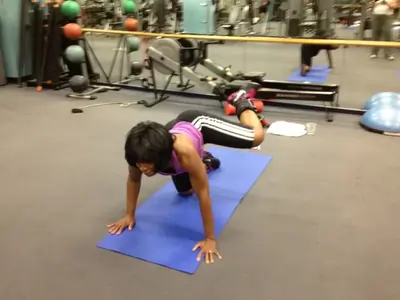
Like the resisted band fire hydrant, using an ankle weight will force your glutes to produce more effort throughout the exercise.
A secure and comfortable ankle weight should be positioned directly above the ankle. Start with a lighter weight when wearing ankle weights and gradually increase the resistance.
Fire hydrant Kick:
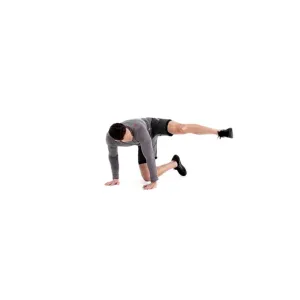
The fire hydrant kick strengthens your hip complex by putting additional pressure on the glute’s lateral side.
When you reach the top, fully extend your leg so that the knee is straight. Then, lower yourself back down by bending through your knee. The outer glutes and core stability will be put to the test with this full-leg extension.
Fire hydrant Pulses:
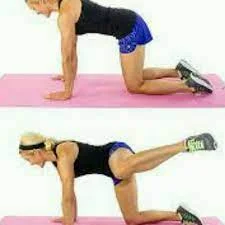
Any of the three mentioned progressions can considerably complicate this movement pattern when a pulse is added to the fire hydrant.
When you have carefully lowered yourself back to the starting position, hold and pulse at the fire hydrant’s highest point for three to five counts.
Alternatives to fire hydrant Exercise
Looking for additional hip muscle-building and targeting techniques? These choices might be exactly what you need.
Kneeling donkey kick:
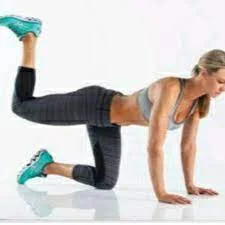
A specific range of motion from hip extensions that targets the glutes is the sagittal plane. Avoid extra flexion or extension via the lower back and only move through your hip.
The Kneeling Donkey Kick technique:
Begin standing quadrupedally with your hands under your shoulders and your knees under your hips.
Focus on the top of your mat while finding your neutral spine.
Your right leg should be raised off the ground as you send it backward with your knee still bent 90 degrees.
Return your right leg to the beginning position once it is parallel to the floor.
Before switching your legs to the left side, finish your reps on this side.
Clamshells exercise
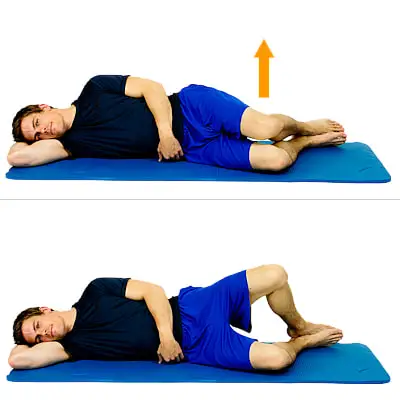
Clamshells are finished in a side-lying posture, yet they move in a way that is similar to a fire hydrant. The side-lying position is a comfortable alternative to the quadruped position if you don’t like how it stresses your wrists and knees.
Making Clamshells:
Lie with your left side facing the ground. Bend through your knees while keeping your hips stacked and your legs together. Use your left arm to support your head. To open, tighten your glutes, and lift your upper knee. Make sure the feet remain a single unit.
Your knee should now be in the beginning position. Change sides as necessary.
Standing side leg raise
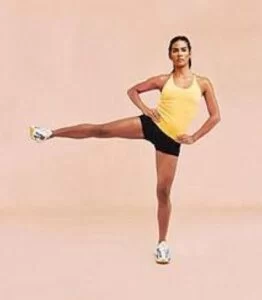
Like a fire hydrant, leg lifts activate the core while strengthening the glutes. These can also be carried out while lying on your side with the top leg abducted.
Standing Side Leg Raise Technique:
Standing with your feet hip distance apart, shift your weight to your left foot while holding onto a chair or other piece of equipment for stability. To make this exercise more difficult, you can also put your hands on your hips.
When you feel the outside of the glutes contracting, lift your right leg off the ground and open out to the side.
Slowly make your way back to where you were when you first started, then repeat. With the left leg, switch and repeat.
Bird dogs

You will be able to connect more deeply with your core and discover stability in your quadruped stance by performing this exercise, which is a great alternative to fire hydrants.
While not directly using the glutes, this exercise is a great alternative to train a neutral spine and evaluate your balance and coordination.
Creating a bird dog
Begin standing quadrupedally with your hands under your shoulders and your knees under your hips. Lift your right hand and left knee off the ground while maintaining a neutral spine.
Straighten your left leg behind you and stretch your left arm out in front of you. At the top, pause, and use your left hip and upper body to maintain your balance.
Like the resisted band fire hydrant, using an ankle weight will force your glutes to produce more effort throughout the exercise.
A secure and comfortable ankle weight should be positioned directly above the ankle. Start with a lighter weight when wearing ankle weights and gradually increase the resistance.
hold and pulse there for three to five counts before lowering yourself back to the starting position carefully.
Standing fire hydrant
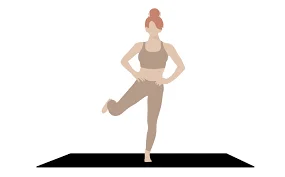
For people who have sensitive knees or difficulty getting on and off the ground, this variation is an ideal replacement for the quadruped position. You can change your stance when standing to do the same hip motion with a lesser amount of pressure on your wrists and knees.
Start standing with your feet hip-width apart and place yourself close to a chair or wall to use as a balancing aid for the standing fire hydrant exercise. Engage your core while bending your upper body slightly forward.
When you reach a 45-degree angle, bend your right knee through and lift your leg straight to the side. Repeat by lowering your leg to its starting position. Repeat on the left leg when you’re ready to transfer sides.
Glute Kickback with Weight
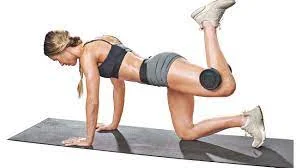
How to: Lay on your mat on all fours. Put a dumbbell weighing two to five kg in the crease of your right leg. Lift that leg behind you while maintaining a 90-degree bend in the knee until your foot is flexed and your knee is in line with your hip. Reverse the motion to go back to the start. A rep is one. three sets of 10 repetitions each, three times.
Different Types of Fire Hydrants
Forearms on fire hydrants. Instead of doing this quadruped on your palms if you need a simpler choice, lower down to your forearms to give you greater stability and control.
hydrants of fire that endure crawl. This version has a lot more intensity. On all fours, lift your knees off the ground and perform a standard fire hydrant. While completing the movement, you’ll need to keep your balance, which requires stabilizing your core and glutes.
a fire hydrant with weights. Put a dumbbell in the crease behind the leg you’re using to work, or circle your legs above the knees with a resistance band. Your strength will also increase while your stability is put to the test.
How to: Lay on your mat on all fours. Put a dumbbell weighing two to five kg in the crease of your right leg. Lift that leg behind you while maintaining a 90-degree bend in the knee until your foot is flexed and your knee is in line with your hip. Reverse the motion to return to the beginning. A rep is one. three sets of 10 repetitions each, three times.
The fire hydrant exercises programming
The fire hydrant is most effective when used as a finishing exercise for the glutes and hip complex, as well as as an additional action in a leg workout.
Complete the fire hydrant for one set of 1-2 minutes on each side as your warm-up. When doing it as an accessory exercise, combine it with a main compound exercise like a squat, deadlift, or hip thrust.
Imagine if your main goal is to increase your muscle mass or endurance. If so, you might also complete it with a set of accessory movements, doing three sets of twelve to twenty reps or fifteen to thirty reps on each side, depending on the variant you select.
Lastly, you’ll execute it as one of your last exercises as a finisher, pushing yourself to the limit until you’re fatigued.
Complete fire hydrants and their variations anywhere between two and three times during your weekly workouts. Make sure you take enough recuperation between workouts by spacing them out.
As you progress, progressively tighten the resistance on your fire hydrants.
Sample leg workout
The exercise that comes after that targets the glutes and the lower body. After the exercise, there are fire hydrants, allowing you to concentrate on getting good reps in while using your glutes.
Exercise Sets Reps
Weighted Hip Thrust
3set 12reps
Dumbbell Step Up
3set 10reps
Dumbbell RDL
3set 12reps
Weighted Fire Hydrant Ankle
3set 12reps
Frog Pumps:
3set 30reps
When approaching fire hydrants, limit how high you may elevate your leg towards the ceiling to reduce your range of motion.
To reduce the amount of time your glutes are under tension, shorten the duration you hold your leg in the air.
To reduce the weight on your upper body, perform the exercise on your elbows as opposed to your hands.
Fire hydrants can be made more difficult by adding resistance and challenging your glute and outer hip muscles by tying a resistance band immediately above each of your knees.
- To give your glutes more time to contract, extend the duration you hold your leg in the air.
- To make lifting your leg toward the ceiling more difficult, add ankle weights.
- To make the exercise easier or harder,
- you can use one of the following adjustments, or you can use several modifications at once.
Avoiding common fire hydrant exercise mistakes:
Make sure to go by the following rules to prevent common errors:
- Throughout the exercise, maintain a neutral spine and avoid overly arching or rounding.
- Maintain a stacked quadruped position throughout the movement, keeping your body steady and in a straight line. Maintaining the stability of your quadruped requires both breathing and core bracing.
- Just enough of the fire hydrant should be opened for your glutes to relax.
- A pelvis that is opened out too far will be forced to shift and compensate away from the active leg.
- Maintain a controlled, slight motion that will enable you to exercise your glutes.
Benefits of Fire Hydrant Exercise
- The hip complex and hip joints are isolated, and the glutes are strengthened with the fire hydrant.
- The fire hydrant workout is a great way to develop your gluteus maximus. By exercising the abdominal muscles, multiple exercises also strengthen and tone your core.
- Your glutes, the largest muscle in your pelvis and hip area, are in charge of three main hip movements. These consist of:
- Hip extension. Your thigh is moved back and away from your pelvis via hip extension. You can use it to walk and climb stairs.
- Hip external rotation. When your leg rotates outward, this occurs. When getting out of a car, rotate your hips outside.
- Hip flexion. Your leg is lifted from under your hip abduction, allowing you to step to the side.
- In this exercise, hip extension, external rotation, and abduction exercise the glutes. The hip complex must continue to be strong, flexible, and stable, thus these movement patterns are important.
- The majority of lower body exercises include hip flexion and extension in the sagittal plane. The fire hydrant, on the other hand, uses rotation to explain the transverse plane of motion.
- Strong glutes may improve posture and movement to reduce the risk of accidents. The fire hydrant requires core stabilization, balance, and full body stability because it is performed unilaterally and in the quadruped position.
Fire hydrants help your hips become stronger and more mobile by helping them move through a full range of motion. This may be particularly beneficial for those who spend a lot of time sitting down because it can help balance the negative effects of prolonged sitting on hip mobility. The following actions are made simpler with stronger hips and thighs:
- Walking
- Running
- Getting up off the ground
- climbing stairs
- bending down to put your socks
The fire hydrant is a wonderful glute workout since it incorporates all three movements. Your glutes may appear more shaped and toned as a result. Strong glutes also help with posture, injury prevention, and reducing back and knee pain.
Contraindication
Contraindications to the fire hydrant exercise:
Injuries and surgery: If you have any injuries or have recently had surgery, especially to the knees, hips, back, or shoulders, you should avoid the fire hydrant exercise. This exercise can put a lot of stress on these joints, and it is essential to give them time to heal before starting any new exercises.
Balance problems: The fire hydrant exercise requires good balance. If you have any balance problems, such as dizziness or vertigo, you should avoid this exercise.
Pregnancy: Pregnant women should avoid the fire hydrant exercise, as it can put too much stress on the lower back and hips.
Certain medical conditions: If you have any medical conditions, such as high blood pressure, heart disease, or arthritis, you should talk to your doctor before trying the fire hydrant exercise.
If you are unsure whether or not the fire hydrant exercise is safe for you, talk to your doctor or a certified personal trainer. They can help you decide if this exercise is right for you and can show you how to do it safely.
Here are some tips for modifying the fire hydrant exercise if you have any contraindications:
- If you have knee pain, you can do the fire hydrant exercise with your knees bent.
- If you have hip pain, you can do the fire hydrant exercise with a resistance band around your knees. This will help to support your hips and prevent them from rotating.
- If you have balance problems, you can do the fire hydrant exercise with a wall or chair for support.
- It’s important to pay careful attention to your body and stop exercising if you experience any pain.
Conclusion
The fire hydrant exercise is a great way to strengthen your glutes, hips, and core muscles. It is a relatively easy exercise to learn, but it can be challenging to maintain proper form.
Consult your doctor before beginning or making changes to your fitness regimen. They can clarify which solutions are safer given your level of fitness. Start with a low number of repetitions if they say it’s okay to perform fire hydrants.
Your glutes and core will get stronger and toned thanks to fire hydrants. They’ll also improve the range of motion in your hips. This can ease back discomfort, improve posture, and improve the comfort of daily activity.
You can do 2-3 sets of 10-15 repetitions of the fire hydrant exercise. If you experience any pain, stop immediately and pay attention to your body.
If you are new to the fire hydrant exercise, you may want to start with fewer repetitions and sets. You can also use a resistance band to make the exercise more challenging.
The fire hydrant exercise is a great way to improve your overall fitness and reduce your risk of injury. It is a simple exercise to learn, but it can be challenging to master. You can benefit the most from this exercise if you do it with the right form and technique.
FAQs
Try to complete four sets of about eighteen repetitions each. Your muscles will tire out more gradually without the additional resistance, so you can do more repetitions on bodyweight-only fire hydrants. Additionally, it’s best to refrain from doing lower-body exercises like fire hydrants on back-to-back days.
Exercises that target the hips and buttocks without the use of weights include dirty dog, hip side lifts, and fire hydrant exercises. Its naming was inspired by the way it is like a dog’s bowel movements. The activity enhances core stability as well.
It takes a lot of wrist strength, hip flexibility, core balance, and mobility to get around the fire hydrant. Feel free to begin with the updated version! It only has a very minor reduction in range of motion, but is still very close to the complete movement.
Exercise with a fire hydrant: Method, Advantages, and AdviceA type of bodyweight exercise is quadruped hip abductions, often known as fire hydrants. Although some varieties also work the core, they mostly target the gluteus maximus. Fire hydrants can help you tone your glutes, reduce back strain, and increase your safety.
As a warm-up, try it: Your hips and core will be prepared for any exercise if you perform the fire hydrant exercise before working out. Use it as a workout for active recovery: Perform a round of fire hydrants in between sets of strength training exercises to assist in strengthening that hip and core unit and make sure they’re loose and ready to activate when needed.
Reference
- Cpt, L. K. (2019, October 18). How To Do The Fire Hydrant Exercise, According To A Trainer. Women’s Health. https://www.womenshealthmag.com/fitness/a29392097/fire-hydrant-exercise/
- Nunez, K. (2019, May 23). How to Do Fire Hydrant Exercises. Healthline. https://www.healthline.com/health/exercise-fitness/fire-hydrant-exercise
- Fire Hydrant. (n.d.). Hingehealth. https://www.hingehealth.com/resources/articles/fire-hydrants/
- T. (2020, September 7). Squat with Fire Hydrants for Hips, Glutes, and Quads. Pinterest. https://www.pinterest.com/pin/simple-and-effective-exercises–174866398020616001/
- Set, S. F. (n.d.). Fire Hydrant Exercise: How To, Benefits, & Variations. SET FOR SET. https://www.setforset.com/blogs/news/fire-hydrant-exercise

